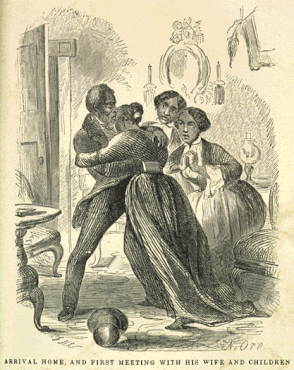Black Nationalist Women's Activism in 1920s Harlem
By Keisha N. Blain
Founded by Marcus Garvey, with the assistance of Amy Ashwood, in Kingston, Jamaica, in 1914, the UNIA (Universal Negro Improvement Association) was the largest and most influential Pan-Africanist movement of the twentieth century. Emphasizing racial pride, black political self-determination, racial separatism, African heritage, economic self-sufficiency, and African redemption from European colonization, Garvey envisioned the UNIA as a vehicle for improving the social, political, and economic conditions of black people everywhere. From Kingston, Jamaica, Garvey oversaw UNIA affairs before relocating to Harlem. At its peak, from 1919 to 1924, the organization attracted millions of followers in more than forty countries around the world.
This post is excerpted and adapted from Set the World on Fire: Black Nationalist Women and the Global Struggle for Freedom, courtesy of University of Pennsylvania Press.
Read More










